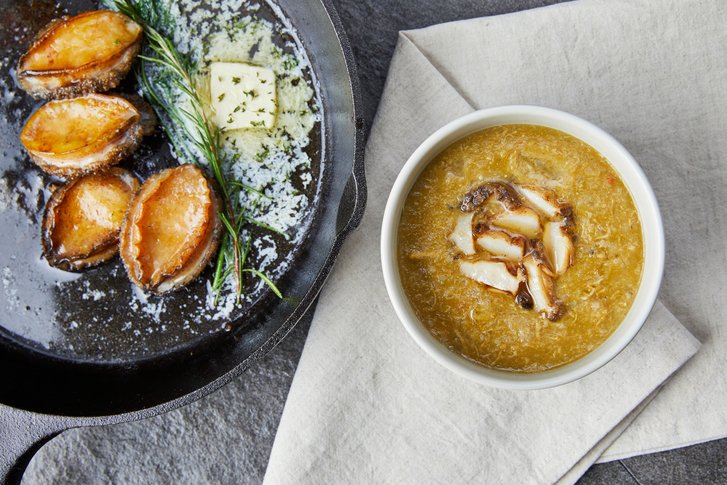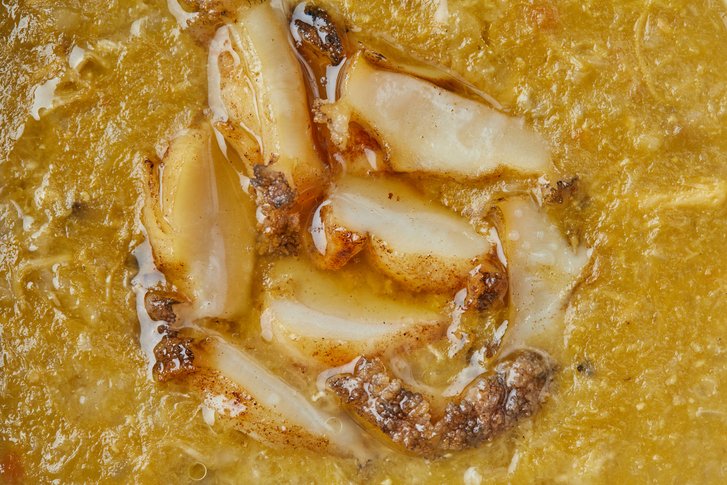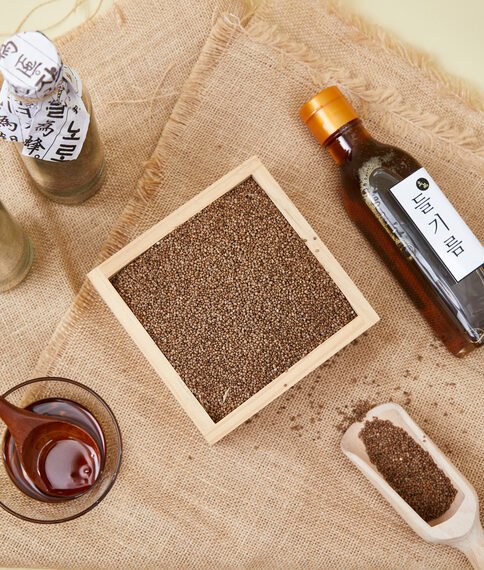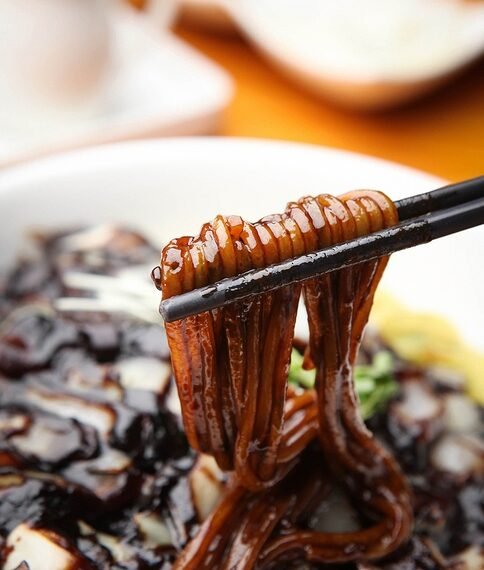Have you ever heard of Jeonbokjuk? It’s a traditional Korean dish made with fresh abalone, and it’s a specialty on Jeju Island. This savory and comforting porridge is made with rice, abalone, and the viscera of the abalone, giving it a distinct greenish hue and a rich flavor. While finding fresh abalone might be a challenge for some, you can still enjoy this delicious dish using frozen abalone. Whether you’re feeling under the weather or just in need of some comfort food, Jeonbokjuk is the perfect choice. Let’s dive into this Jeju-style abalone porridge recipe and bring a taste of Korea to your table.
Recipes : Jeonbokjuk (Abalone Porridge)
Welcome to this friendly article where we will explore the delicious world of Jeonbokjuk, also known as Abalone Porridge. If you’re a fan of seafood and comforting dishes, then this recipe is perfect for you. Let’s dive right in!

Introduction to Jeonbokjuk (Abalone Porridge)
Jeonbokjuk holds a special place in Korean cuisine, specifically in the region of Jeju Island (Jeju-do) where it originated. This porridge is made with fresh abalone, which are abundant in the waters surrounding Jeju Island. The locals have perfected the art of cooking abalone porridge, making it one of the most iconic dishes of the island.
Jeju Island and its Abundance of Abalone
Before we delve into the recipe, let’s take a moment to appreciate the beauty of Jeju Island and its rich marine life. Located off the southern coast of South Korea, Jeju Island is known for its breathtaking landscapes and vibrant culture. The island is also famous for its abundance of seafood, particularly fresh abalone. The pristine waters surrounding Jeju Island provide the perfect conditions for abalone to thrive, making it a sought-after delicacy in the region.
The Tradition of Female Divers, the Haenyeo
One of the fascinating aspects of Jeju Island’s abalone industry is the centuries-old tradition of female divers, known as Haenyeo. These sea women have been diving into the ocean floor for several hours a day to collect abalone and other seafood. Their remarkable diving skills and deep connection with the ocean have been passed down through generations. However, with the advent of modernization, the number of Haenyeo has declined, and the demand for abalone is now mostly met by farmed sources.
Availability and Sourcing of Abalone
While Jeju Island is the ideal place to find fresh abalone, it might not be as accessible in other parts of the world. If you’re unable to find fresh abalone, don’t worry! Frozen abalone, usually sourced from Chile, is a great alternative. Some Korean markets might also carry fresh abalone in their fish tanks, but they can be small and expensive. Regardless of the source, frozen or fresh, abalone is the star ingredient that will bring this porridge to life.
Ingredients and Preparation
Now let’s talk about the key ingredients and the preparation process for Jeonbokjuk.
Short Grain Rice
Short grain rice is the foundation of this porridge. Soak the rice for about an hour and drain it before using it in the recipe. This step helps to achieve a soft and creamy texture in the final dish.
Abalone Preparation
Preparing the abalone requires a few simple steps. Start by scrubbing off the dark edges of the abalone to ensure cleanliness. Then, carefully remove the abalone from the shell, using a spoon or small spatula to detach it from the muscle attached to the shell. Next, cut off the viscera (guts) either with a knife or by hand. It’s important to remove the tough pointed end as well. Finally, slice the abalone meat into the desired thickness and chop up the guts into small pieces.
Adding Rice and Guts to the Pot
In a medium-sized pot, combine the soaked rice and chopped guts. Mix them well, breaking up any lumps of guts. Add sesame oil and stir until the rice starts to turn translucent over medium heat for approximately 5 minutes. Once the rice is translucent, add the abalone pieces and continue stirring for a couple more minutes.
Cooking the Porridge
Add 6 cups of water to the pot and bring it to a boil over medium-high heat. Once it reaches a boil, reduce the heat to medium and continue to cook, stirring occasionally (more frequently as the stock reduces), for about 25 minutes. If you prefer a thinner consistency, you can adjust the porridge by adding more water, up to 1 cup. Cook for a few more minutes if you add more water, and reduce the heat as necessary. Finally, add salt or soup soy sauce to taste right before serving.

Conclusion
Congratulations! You have successfully prepared a delicious and comforting bowl of Jeonbokjuk, or Abalone Porridge. This dish captures the essence of Jeju Island and its rich seafood culture. Whether you’re feeling under the weather or simply craving a hearty meal, Jeonbokjuk is the perfect choice. So go ahead, savor each spoonful, and enjoy the flavors of the sea!
Remember, Jeonbokjuk can be customized to suit your preferences. Feel free to add chopped vegetables or adjust the seasoning to make it uniquely yours. Share this recipe with your loved ones and let them experience the taste of Jeju Island in the comfort of your own home.
Happy cooking!










